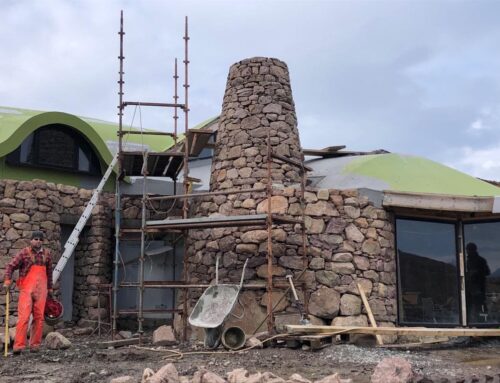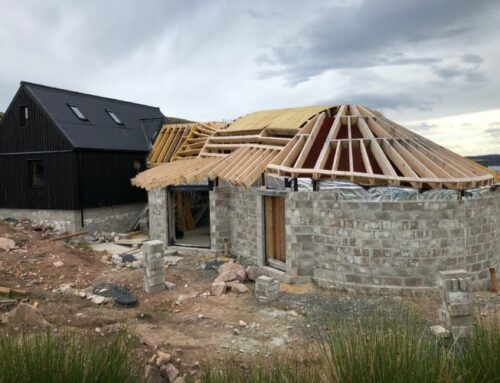A full-service architect isn’t a luxury.
Building your own house is an incredible experience, but it’s not cheap, and along the way you’ll be tempted time and time again to make savings on stuff that seems non-essential. Save those economies for later: replacing a cut-price bathroom tap is a lot easier than fixing faults built-in by cutting corners on design and construction.
Employing an architect on full-service might sound like an extravagance, but over the years we’ve seen Strathearn clients tighten belts on this one, and go on to regret their parsimony in perpetuity. Plus, if you look a full-service practice at the start and build it into your budget, there will always be areas where savings can be made to balance out the extra cost.
The long (and short) term benefits of a full-service architect
- Regular site visits to assess work in progress and maintain quality standards from start to finish.
- Experienced buffer and intermediary between client and contractor: good for the day-to-day; invaluable in the case of disputes.
- The best full-service architects will have first hand expertise in construction as well as design, and be able to liaise authoritatively at all levels from the ground up.
- Architects anticipate any problems before they arise, and find cost-effective solutions simply because they understand the design, the space and what can be changed or adjusted, and what really can’t, under any circumstances.
- A full-service architect will also make sure the design is accurate down to the smallest detail. It’s their baby too and they’re infinitely more invested in it than building or project managers.
What to look for in your ideal contractors
Naturally this wasn’t an issue for us at Louis Croft: we had the blessing of 24/7 access to Strathearn’s full range of trades; the expertise of several of Scotland’s finest craftspeople; a working relationship with some of the best contractors in the UK and a strong personal skill-set too. All of which would turn out to be invaluable in realising the croft’s complex and intricate design: curved facades; turf roofs; rock mass walls and an incredibly remote and environmentally sensitive site.
But even simple projects can go wrong if the right people aren’t involved:
- Choose contractors who come recommended and have already worked on builds similar to your own.
- Listen to your architect’s advice, particularly in specialist areas or where specific or unusual skills are essential.
- Look for contractors who understand your ambitions and, most importantly, communicate clearly and comfortably with you.
- Aim to work with full-trade contractors for each area of your build, it’s more efficient in terms of time and communication, and usually reduces costs in the long term too.





